| Wednesday, November 16, 2022 | |
Materials Innovation |
|
| 09:50 | Opening remarks |
Hessel Sprey, Manager External R&D and Cooperative Programs, ASM Belgium
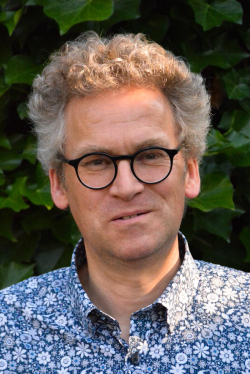
Biography |
|
| 10:00 | Semiconductor Market Expansion Driving Materials Innovation – Materials Market Outlook and Challenge |
Lita Shon-Roy, President/CEO and Founder, TECHCET Semiconductor Market Expansion Driving Materials Innovation – Materials Market Outlook and Challenge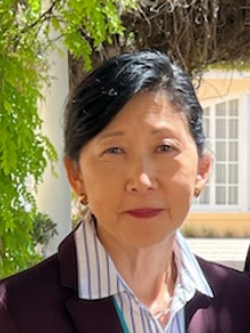
 Abstract Biography |
|
| 10:20 | Current Trends in Digital Chemistry to Drive Semiconductor Innovation |
Simon Elliott, Director - Atomic level process simulation, Schrödinger Current Trends in Digital Chemistry to Drive Semiconductor Innovation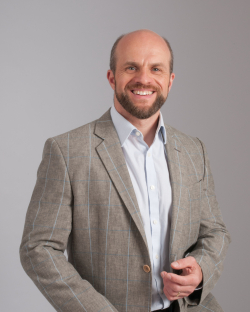
 Abstract Biography |
|
| 10:40 | EUV Lithography Patterning: Status and Challenges Towards High NA |
Danilo De Simone, Staff Member, Imec EUV Lithography Patterning: Status and Challenges Towards High NA
 Abstract Biography |
|
| 11:00 | Nanoscale Metals are Comprised of Grain Boundaries that are Significantly Different from those found in Bulk Materials |
John Boland, Professor of Chemistry, Trinity College Dublin Nanoscale Metals are Comprised of Grain Boundaries that are Significantly Different from those found in Bulk Materials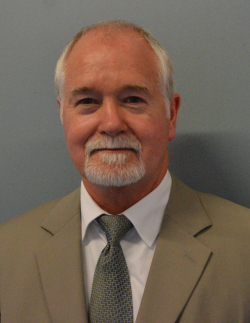
Abstract Biography |
|
| 11:20 | How Did and Will Atomic Scale Processing Change the Logic and Memory Industries |
Michael Givens, Senior Director & Executive Technologist, ASM International How Did and Will Atomic Scale Processing Change the Logic and Memory IndustriesAbstract Biography |
|
| 11:40 | The European 2D-Experimental Pilot Line as a Platform for Novel Sensor Concepts |
Gordon Rinke, Vice Head of Graphene Electronics Group, AMO GmbH The European 2D-Experimental Pilot Line as a Platform for Novel Sensor Concepts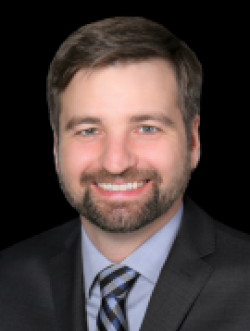
 Abstract Biography |
|
| 12:00 | Reserved for Business Partner |
Panel Discussion |
|
| 12:00 | Panel Discussion: Chip Expansion Driving Materials Market Challenges and Opportunities |